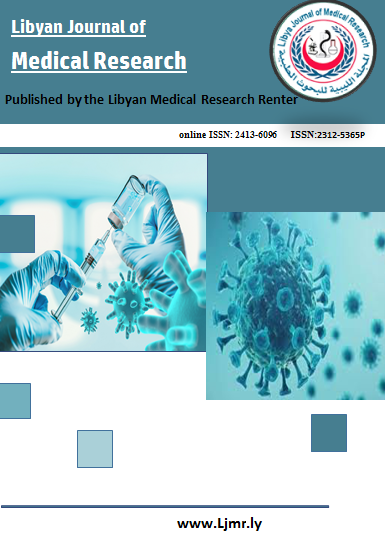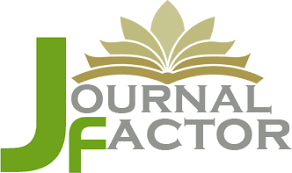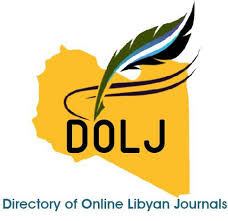Atraumatic Management of Mandibular Fractures in Pediatric Patients: Cap Splint
DOI:
https://doi.org/10.54361/LJMR.19.1.30Keywords:
Pediatric mandibular fractures, Cap splint, Atraumatic management, Mandibular trauma in children, Custom acrylic appliances, Circumferential wiring, Soft tissue preservation, Tooth bud protectionAbstract
Pediatric mandibular fractures, although less common than in adults, represent a significant portion of facial injuries in children, typically resulting from falls, sports, or motor vehicle accidents. Due to the unique biomechanical properties of the developing mandible, such as its increased elasticity and osteogenic potential, these fractures often present distinct patterns and require specialized management strategies. Conventional treatment methods, including open reduction and internal fixation, carry risks like damage to tooth buds and interference with mandibular growth. Cap splints, a minimally invasive alternative, have emerged as an effective method for managing pediatric mandibular fractures. Custom-fabricated acrylic appliances, used with circumferential wiring or orthodontic elastics, provide stable fixation while sparing tooth buds and minimizing soft tissue trauma. This review discusses the indications, fabrication protocols, and clinical outcomes associated with cap splints, emphasizing their role in optimizing fracture healing, maintaining occlusal integrity, and preserving long-term mandibular development. Case reports demonstrate favorable results, supporting cap splints as a safe and effective treatment modality in pediatric mandibular fracture management
Downloads
References
1. Shetty V, Summerlin DJ, Banks P, Scheideman P. Mandibular fractures in children. J Oral Maxillofac Surg. 2002 Jan;60(1):1–6.
2. Kaban LB, Mulliken JB, Murray JE. Pediatric maxillofacial trauma: mandibular fractures. J Oral Maxillofac Surg. 1985 Sep;43(9):689–693.
3. Kramer FJ, Poxleitner P, Kühlisch E, Engel M. Pediatric facial fractures: epidemiology and management. J Craniomaxillofac Surg. 2008 Jun;36(3):135–141.
4. Bauer RJ, Peters WP. Cap splint application for pediatric mandibular fractures: technique and outcomes. Oral Surg Oral Med Oral Pathol Oral Radiol Endod. 1996 Oct;81(4):453–460.
5. Murray PM, Salyer KE. Functional rehabilitation in pediatric mandibular fractures. Clin Orthop Relat Res. 1991 Apr;(271):49–55.
6. Bottini GB, Roccia F, Sobrero F. Management of Pediatric Mandibular Condyle Fractures: A Literature Review. Journal of Clinical Medicine. 2024 Nov 17;13(22):6921–1.
7. 7. Sharma V, Shukla P, Acharya S, Bedi RS. Innovative Approach in the Management of Displaced Mandibular Fracture in a Four-Year-Old Child: A Case Report. Cureus. 2025 Jan 26;
8. Dhawan P, Kaur T, Sanjay Chachra, Kaur K. Management Of Mandibular Fracture in 5 Year 5-Year-Old Child: A Case Report. Dental Journal of Advanced Studies [Internet]. 2015 Apr 1;03(01):051–3. Available from: https://www.researchgate.net/publication/328113875_Management_Of_Mandibular_Fracture_in_5_Year_Old_Child_A_Case_Report
9. Himaja Swayampakula, Shreya Colvenkar, Bhuvaneshwari Kalmath, Jayasri Vanapalli, Zaheer MA. Management of Pediatric Mandibular Fracture With Acrylic Cap Splint. Cureus. 2023 Jan 3;
Downloads
Published
Issue
Section
License
Copyright (c) 2025 Yousef. S. Salem, Mahmoud .A. Aloriby, Moutaz.F.Gebril, Ahmed.S.Mikael, Enas Shaafi, Milad Alojeily (Author)

This work is licensed under a Creative Commons Attribution-NonCommercial-NoDerivatives 4.0 International License.
Open Access Policy
Libyan journal of medical Research (LJMR).is an open journal, therefore there are no fees required for downloading any publication from the journal website by authors, readers, and institution.
The journal applies the license of CC BY (a Creative Commons Attribution 4.0 International license). This license allows authors to keep ownership f the copyright of their papers. But this license permits any user to download , print out, extract, reuse, archive, and distribute the article, so long as appropriate credit is given to the authors and the source of the work.
The license ensures that the article will be available as widely as possible and that the article can be included in any scientific archive.
Editorial Policy
The publication of an article in a peer reviewed journal is an essential model for Libyan journal of medical Research (LJMR). It is necessary to agree upon standards of expected ethical behavior for all parties involved in the act of publishing: the author, the journal editorial, the peer reviewer and the publisher.
Any manuscript or substantial parts of it, submitted to the journal must not be under consideration by any other journal. In general, the manuscript should not have already been published in any journal or other citable form, although it may have been deposited on a preprint server. Authors are required to ensure that no material submitted as part of a manuscript infringes existing copyrights, or the rights of a third party.
Authorship Policy
The manuscript authorship should be limited to those who have made a significant contribution and intellectual input to the research submitted to the journal, including design, performance, interpretation of the reported study, and writing the manuscript. All those who have made significant contributions should be listed as co-authors.
Others who have participated in certain substantive aspects of the manuscript but without intellectual input should only be recognized in the acknowledgements section of the manuscript. Also, one of the authors should be selected as the corresponding author to communicate with the journal and approve the final version of the manuscript for publication in the LJMR.
Peer-review Policy
- All the manuscripts submitted to LJMR will be subjected to the double-blinded peer-review process;
- The manuscript will be reviewed by two suitable experts in the respective subject area.
- Reports of all the reviewers will be considered while deciding on acceptance/revision or rejection of a manuscript.
- Editor-In-Chief will make the final decision, based on the reviewer’s comments.
- Editor-In-Chief can ask one or more advisory board members for their suggestions upon a manuscript, before making the final decision.
- Associate editor and review editors provide administrative support to maintain the integrity of the peer-review process.
- In case, authors challenge the editor’s negative decision with suitable arguments, the manuscript can be sent to one more reviewer and the final decision will be made based upon his recommendations.














